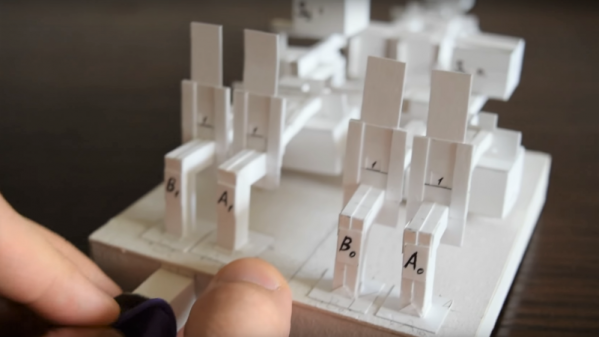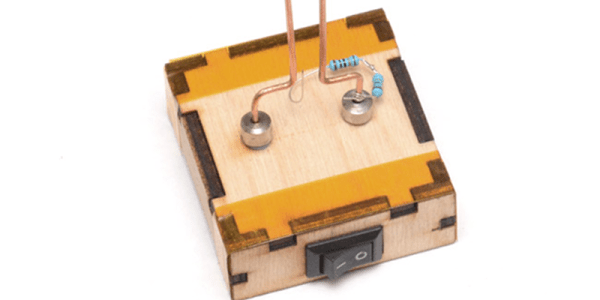Modems have been around for longer than the web, and before we had Facebook we had the BBS scene. Somewhat surprisingly, people are still hosting BBSes, but have fun finding a landline these days. [Blake Patterson] is one of the leading aficionados of retocomputers, and recently he took it upon himself to review an interesting new device. It’s the WiFi232 Internet Modem, a device that turns a WiFi connection into something a computer with a 25-pin RS-232 connector can understand.
The WiFi232 is made by [Paul Rickards], and given the last few years of WiFi-enabled retrocomputing projects, it’s exactly what you would expect. Onboard the WiFi232 is an ESP8266 module emulating the Hayes AT command set. Baud rates from 300 to 115200 are supported, with power provided through a USB mini jack or solder terminals.
[Blake]’s computer den is the stuff of legend, and as such he has more than enough toys to test out this universal WiFi to Serial converter. Devices used in the test include the Apple //c, IIe, Amiga 1000, and TI-99/4A. In short, everything works just like it should. [Blake] was able to pull up the extant bulletin boards on his collection of ancient computers. You can check out [Blake]’s review of the WiFi232 below


















